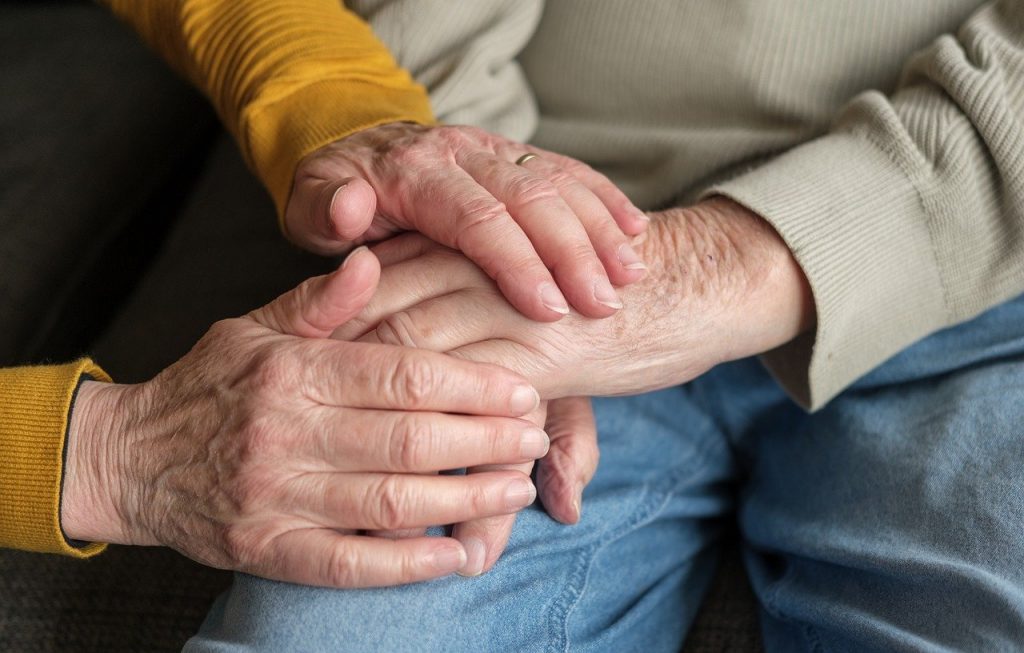Care homes provide a safe and nurturing environment for vulnerable people who require assistance in their daily lives. Ensuring the well-being of residents extends beyond just healthcare; it encompasses every aspect of their safety, including fire prevention measures. In this blog, we delve into the significance of fire safety checks and fire risk assessments in care homes and how they contribute to safeguarding the lives of those entrusted to their care.
Vulnerable People and Fire Safety
Residents of care homes are usually vulnerable people, whether they are elderly, have a chronic illness or have disabilities. This vulnerable population often faces challenges in responding to emergencies due to limited mobility or cognitive impairments. This makes ensuring you meet all of the requirements and know the unique needs of building users even more important.
Meeting Fire Safety Regulations
By law, the responsible person in a care home has to meet several standards set out by The Regulatory Reform Order 2005. They are put in place to not only protect residents but the people who care for them. These regulations include – but are not limited to – the following:
You must appoint one or more ‘competent people’ to assist in fire prevention or protection measures. ‘Competent’ means that they have relevant training, experience or knowledge to implement fire safety measures.
You must empower your staff with knowledge about fire safety measures and their risks, identified in a fire risk assessment. They should be aware of how measures are in place to protect them in the event of a fire.
You must keep all firefighting and fire detection equipment in adequate and in good working order. This can be done by consulting a ‘competent person’ to do regular inspections.
Fire safety inspections are not just a bureaucratic exercise but an essential component of ensuring that care homes follow these legal obligations. Compliance with fire safety regulations is not just a legal requirement; it is a moral duty to protect those who may be unable to protect themselves.
Preventing Tragedies and Minimising Risks
Fire safety is all about the protection of people and assets. In this case, it’s the vulnerable residents, the staff that care for them and the property itself. However, in an industry where trust is key, the reputational damage of an incident can be the end.
Inspectors assess various elements, including the installation and maintenance of fire alarms, the suitability of fire doors, and the presence of fire extinguishers. Regular inspections ensure that these safety measures remain effective over time, reducing the likelihood of a fire-related tragedy. Fire safety inspections and risk assessments act as a proactive measure to protect the reputation of care homes, highlighting their dedication to the safety and welfare of residents.
Emergency Preparedness
Beyond physical infrastructure, fire safety inspections also evaluate the level of emergency preparedness and staff training within care homes. Adequate training equips staff with the knowledge and skills needed to respond swiftly and effectively during a fire emergency. In a care home, residents might not be able to evacuate themselves, so having an efficient and clear plan is vital.
Inspectors can assess the comprehensiveness of fire evacuation drills, ensuring that all staff members are familiar with their roles and responsibilities. This proactive approach not only saves lives but will also instil confidence in residents and their families, knowing that the care home has a robust plan in place.
Cost-Effectiveness and Maintenance
Businesses in the care sector run on tight budgets. Therefore, it’s important to extend the lifespan of your fire prevention equipment, without compromising on safety. For example, an issue with a fire door hinge can be easily and cheaply rectified. However, let it fester and you might even have to replace the whole door.
Moreover, routine maintenance ensures that fire safety equipment, such as alarms and extinguishers, remains in optimal working condition. This proactive approach not only extends the lifespan of these critical components but also minimises the need for costly emergency repairs.
Enhancing Fire Prevention Strategies
Another crucial reason why fire safety inspections in care homes are so important is to enhance fire prevention strategies. Fire prevention goes beyond identifying existing hazards; it involves proactively assessing and implementing measures to reduce the likelihood of fire incidents. For instance, inspectors may assess the adequacy of fire-resistant building materials, heating systems, and electrical systems. The goal is to create an environment where the risk of fire is significantly reduced, promoting the safety and well-being of residents and staff alike.
Incorporating fire prevention into the inspection process not only aligns with legal obligations but also reflects a proactive commitment to creating a secure living space for care home residents. It acknowledges that preventing fires is as crucial as being prepared to respond to them, ensuring a holistic approach to fire safety in care homes.
In conclusion, the importance of fire safety inspections in care homes cannot be overstated. These inspections go beyond regulatory compliance; they are lifelines for vulnerable individuals who depend on the diligence and commitment of care home operators and staff.
For expert advice on fire prevention and protection, contact Martyn Young Fireproofing Consultancy today on 07585 896648
The post The Importance of Fire Safety Checks in Care Homes appeared first on Total Fire Group.


